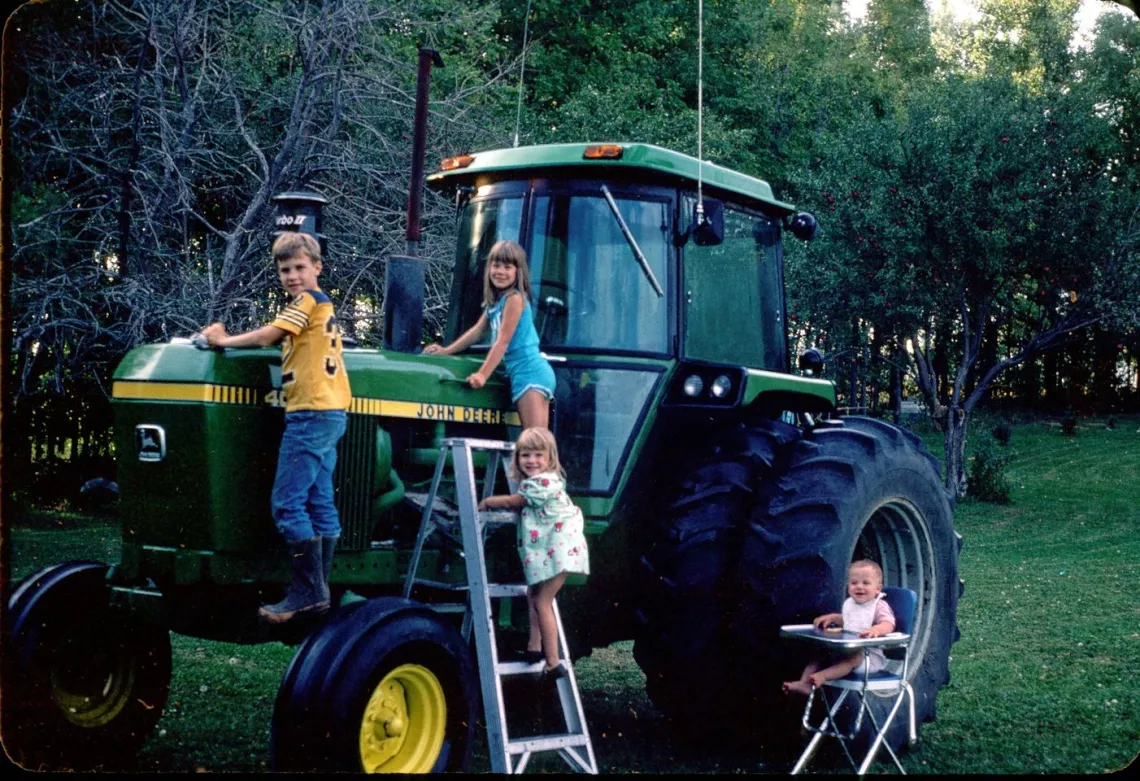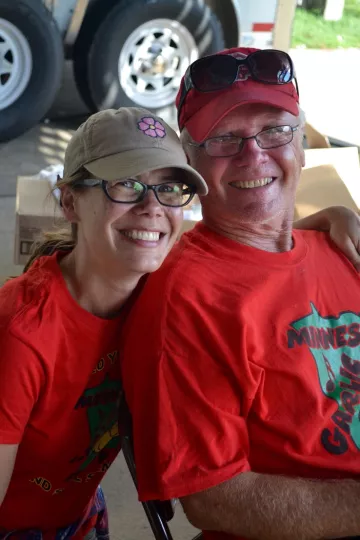
Connie Carlson
Three years ago, a colleague invited me to serve on the North Star Chapter’s Executive Committee. She believed, and I agreed, that my background could provide an opportunity for the chapter to enrich its experience and expertise in working with farmers and rural communities.
I grew up on an organic farm in western Minnesota in the 1980’s, pulling weeds, picking rocks, feeding livestock, and shoveling up after them. It was backbreaking work. I remember spending much of a day hand-trimming brush from a line of newly planted windbreak trees. On my long, hot walk back to the house I declared to myself, “I will never be a farmer.”
I left the farm in the early 90’s. I thought I’d left the farm behind me, but I had just taken a break.

Ten years ago, my dad and I walked the same route I had walked all those years ago to look at a new crop: Kernza. “It’s a perennial small grain,” Dad said. “I think it’s going to change the way farmers farm.”
The tall, blue-green Kernza plants looked like overgrown wheat. Its roots can grow nearly ten feet in a single season. I could easily imagine how this deep-rooted, drought tolerant grain, which kept soil and water in place and went three years without replanting, could be a game-changer.
Dad got his first Kernza seeds from a University of Minnesota scientist and for the past ten years has worked with a team of agroecologists, food scientists, breeders, agronomists, and economists to help them understand how farmers can grow and market this new crop.
This is why I said yes to my friend. I admire the Sierra Club’s fierce advocacy in protecting, conserving and regenerating the environment. I get excited about what this advocacy could do for rural communities. And I see opportunities for these two worlds to come together in powerful ways.
The time for working shoulder to shoulder is now. Can we do it?
Let’s find out together.
Constance Carlson has served on the North Star Chapter Executive Committee since 2022. She lives in Buffalo, Minnesota with her family, and visits her family farm in western Minnesota as often as possible.